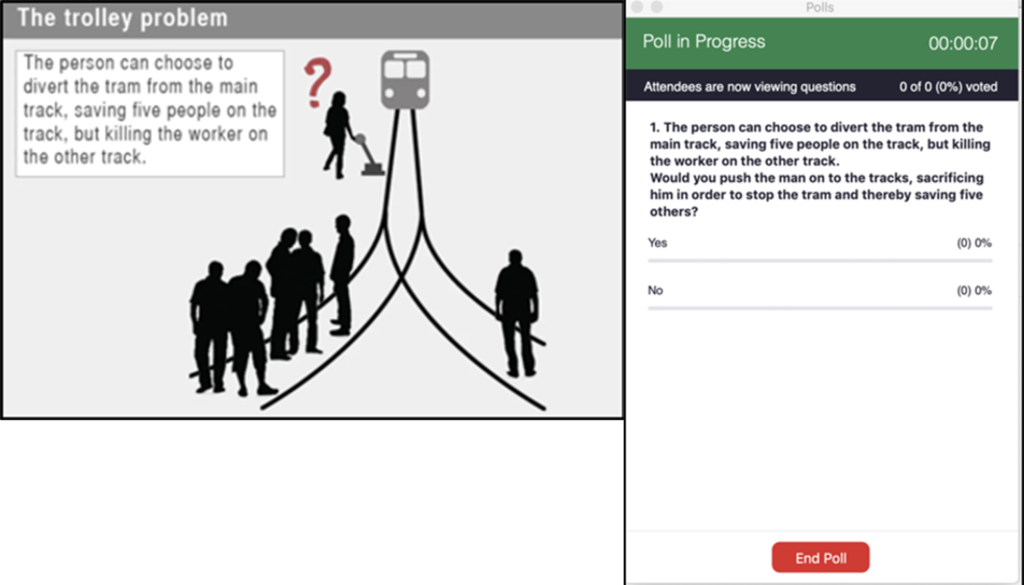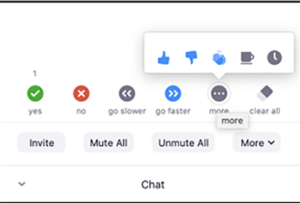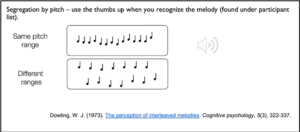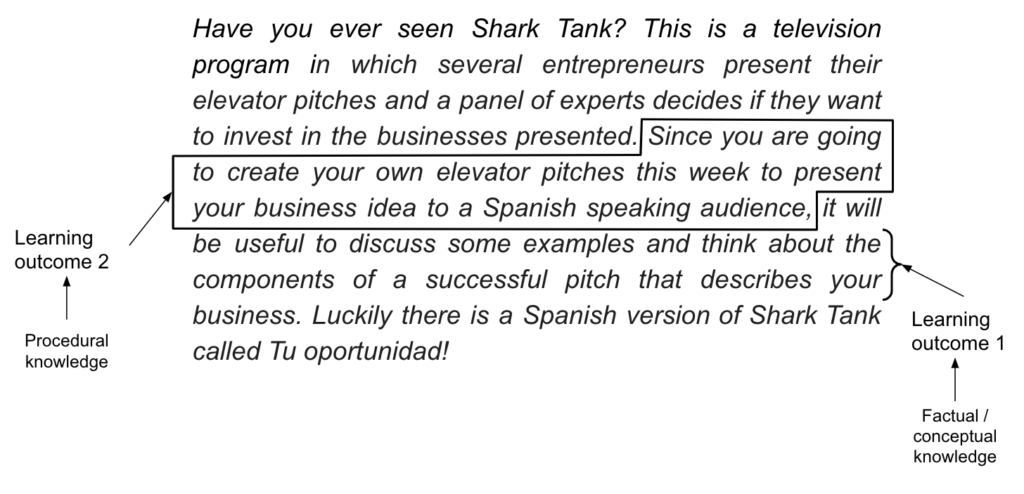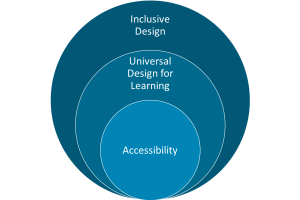Flexibility is an inclusive practice. Structure is an inclusive practice. Both of these statements are true–yet, many people might wonder how to reconcile these seemingly opposite approaches in their course designs. How does one build a course that is both flexible enough to accommodate the diverse needs of their students, yet structured in a way that is clear and unambiguous? In a practical sense, what do these words really mean?
First, let’s define these terms and consider why each of these approaches are critical to student success. What do we mean by flexibility and structure and why are they both important features of course design and facilitation?
Flexibility
Flexibility is getting a lot of press right now, due to our global pandemic. We are all encouraged to be flexible and understanding of one another and to recognize that most of us, especially right now, are dealing with increased responsibilities. As a student myself, I recall how much relief it gave me to read in a note from my professor that this term is “all about flexibility” along with detail around what this means in the context of our course.
For those of us familiar with online learning, accommodating students with full-time jobs and child or eldercare responsibilities, for example, is not new. However, even for our online students, these responsibilities are compounded by school closures and other distancing measures. Everyone needs additional flexibility, understanding, and support right now. Even you, reader! Let’s be explicit and honest about this in our communications with students and each other.
In the context of our online or remotely taught courses, how do we communicate this to students? Here are a few ideas and suggestions to get you started:
- Flexible policies: Saying you will be flexible is not enough. Build flexibility into your policies. For example, if students are required to do field observations for a report or lab, are the guidelines for these observations too restrictive? Might students with mobility challenges or high-risk health considerations be unable to spend extended periods of time outdoors? What alternatives can you provide to these students?
- Student choice: Providing your students options will increase their autonomy and engagement. Choice is especially important now because it will allow students to make decisions based, not only on their personal and professional interests, but also based on their individual circumstances, which may have drastically changed in recent months.
- Communication: Keeping the lines of communication open is essential. Frequent communication builds feelings of connection so that student needs are more likely to be articulated.
Structure
Building structure into your course means removing ambiguity and avoiding assumptions about your students. Structure does not mean being inflexible. You can be explicit and unambiguous without being rigid.
Two helpful tools for adding structure to your course are rubrics and models, or examples. Rubrics will help you to communicate with your students and will allow you to identify your expectations along with how each criterion will be evaluated. Model assignments will help students to interpret your expectations.
When you don’t have enough structure built into your course, when your expectations are ambiguous, your underrepresented students are disproportionately impacted. This level of ambiguity often results from assumptions about your students’ prior experiences. Assuming they know how to use an LMS or that they have reliable WiFi at home, for example, puts students who don’t have these resources at a disadvantage.
When you don’t have enough structure built into your course, your students will be forced to make assumptions, correctly or incorrectly, about your expectations. Some students may ask questions, but others will do their work and hope for the best. This results in a clearly unequal playing field, exacerbating existing inequalities.
Balance
Given that both flexibility and structure are needed in course design and teaching, whether online, remote, on-ground, or hybrid, how does one balance these competing elements?
Too much structure, and your students will lose agency and motivation. Too much flexibility, and your students may feel ungrounded and directionless.
Here are some tips for finding balance:
- Give choice, but include clear parameters for evaluating student work.
- Provide multiple lower stakes assessments and stage your course projects, so that students have multiple opportunities to get feedback, correct misconceptions, and earn course points.
- Welcome student questions and concerns and share your feedback with the whole class. If one student is asking a question, many others are thinking about asking it and would benefit from the same communication.
- Don’t wait for students to request alternatives: odds are high that only your most privileged students will feel comfortable asking for accommodations such as more time or additional feedback. If one student requests an accommodation, others who need similar considerations, may not be asking for them. Why not proactively offer these options to all students?
As a final thought, both structure and flexibility are essential ingredients in the recipe for exemplary teaching. When you find the perfect blend of these elements, all your learners will benefit!
References
Parker, F., Novak, J, & Bartell, T. (2017). To engage students, give them meaningful choices in the classroom. Phi Delta Kappan 99 (2), 37-41.
Sathy, V. & Hogan, K.A. (2019). Want to reach all of your students? Here’s how to make your teaching more inclusive: Advice guide. Chronicle of Higher Education. Retrieved from https://www.chronicle.com/interactives/20190719_inclusive_teaching

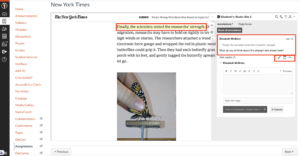
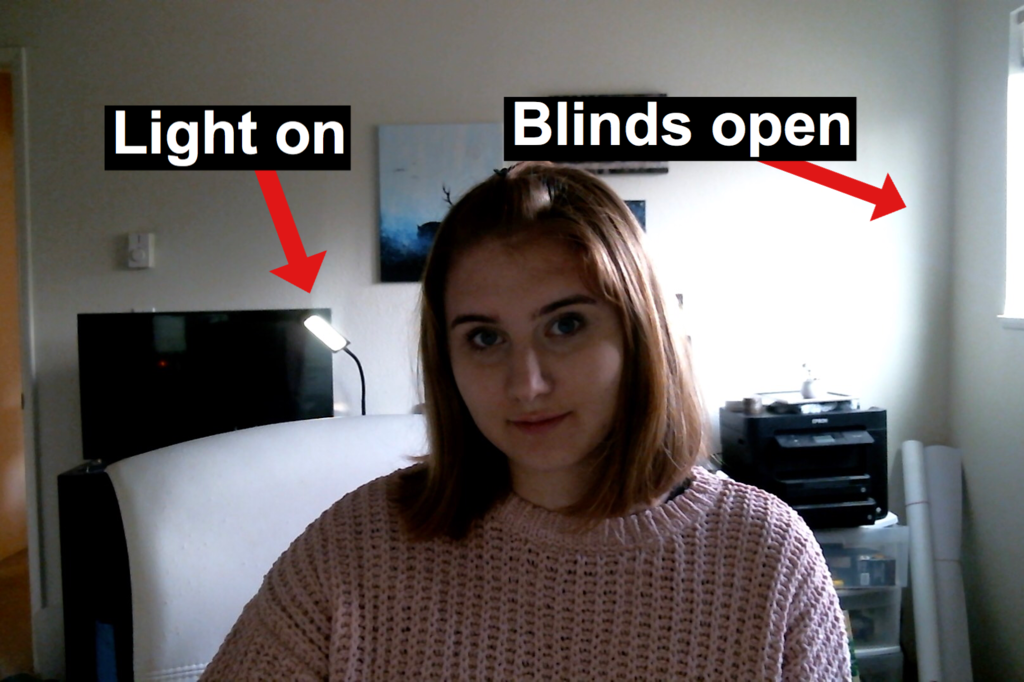


 For DIY video production, there are many ways to go about this!
For DIY video production, there are many ways to go about this!

